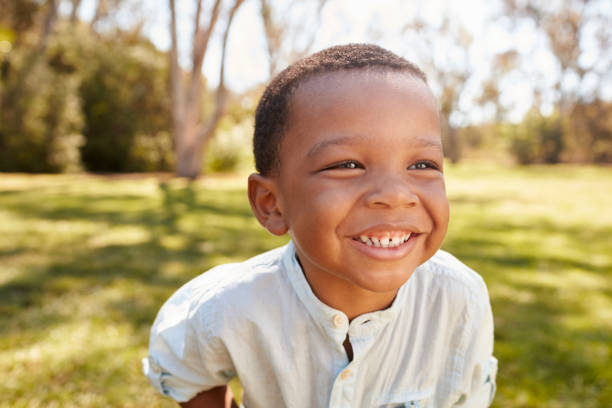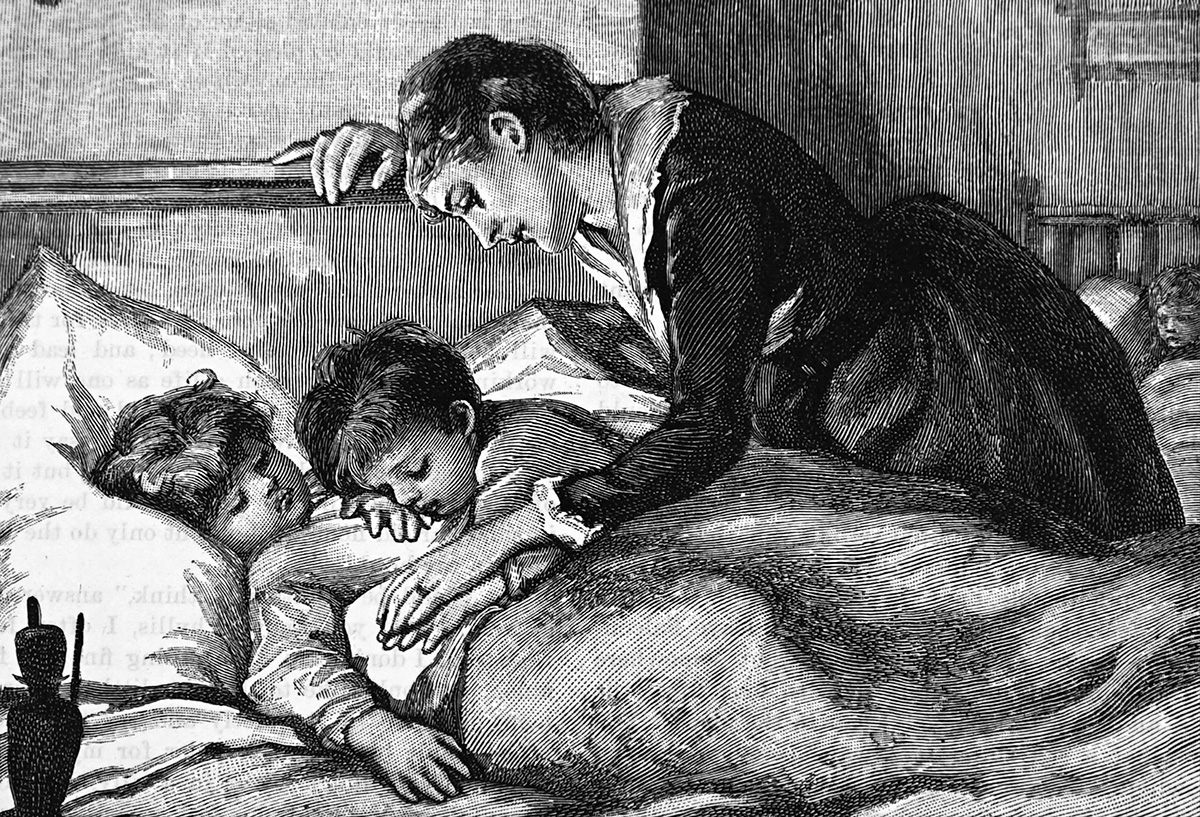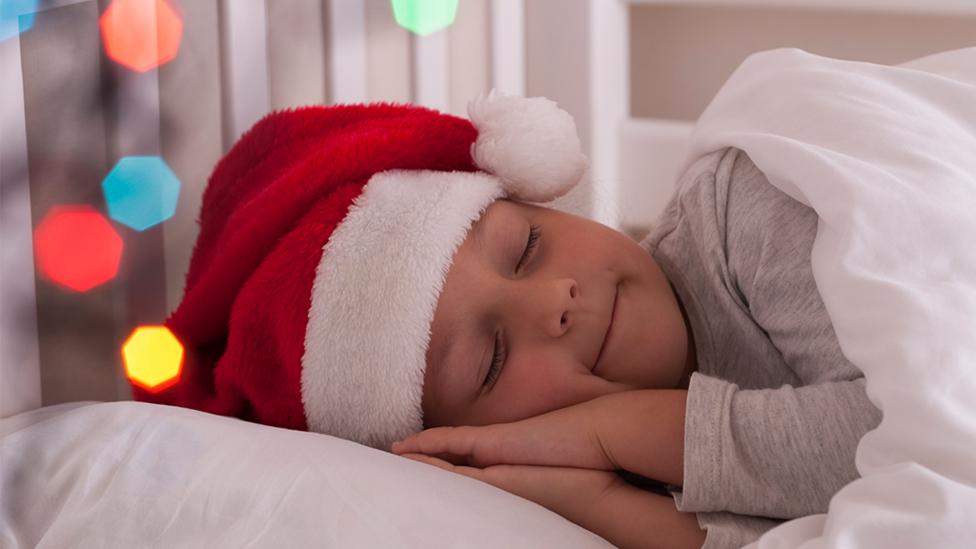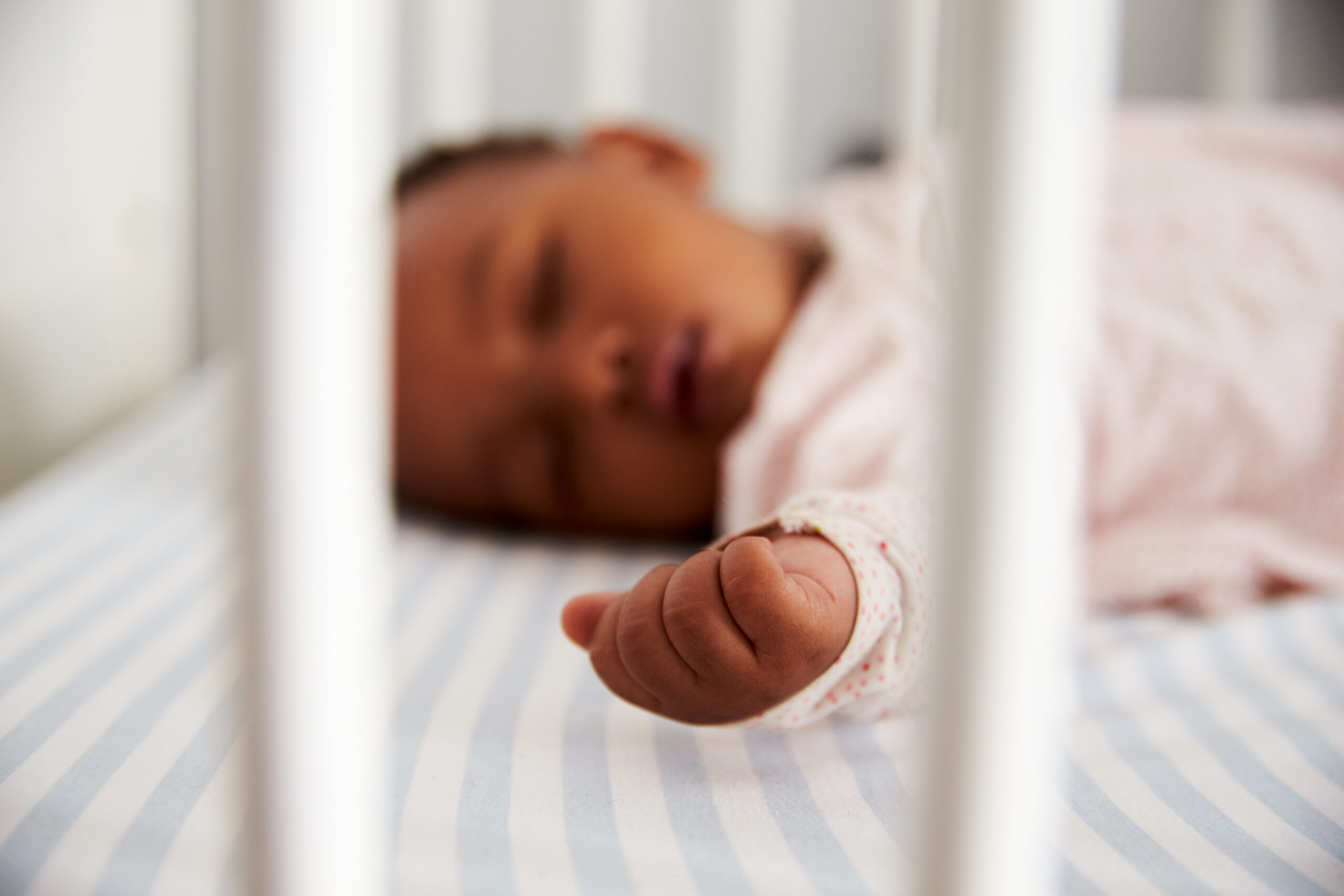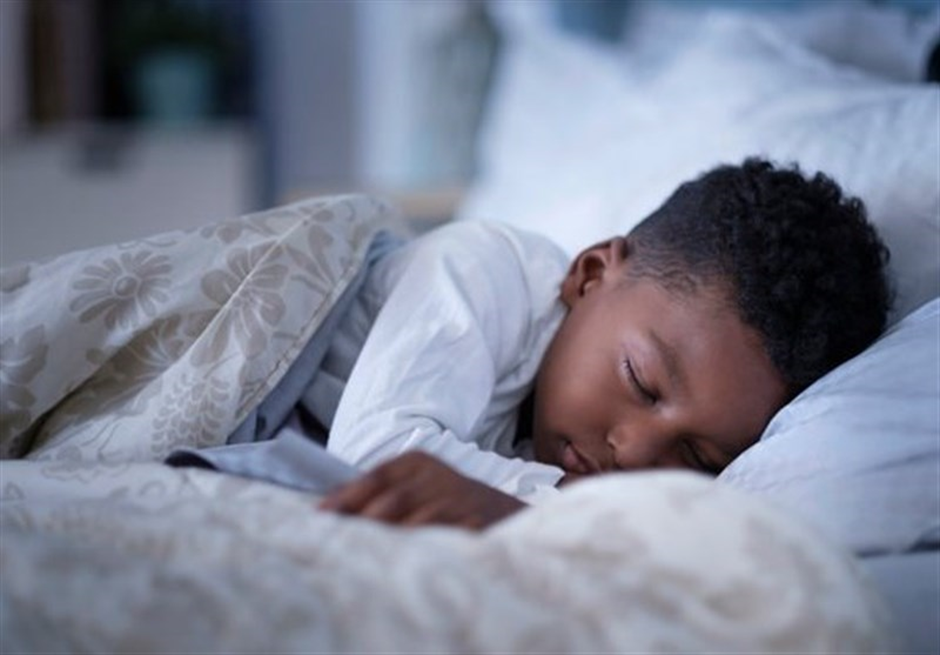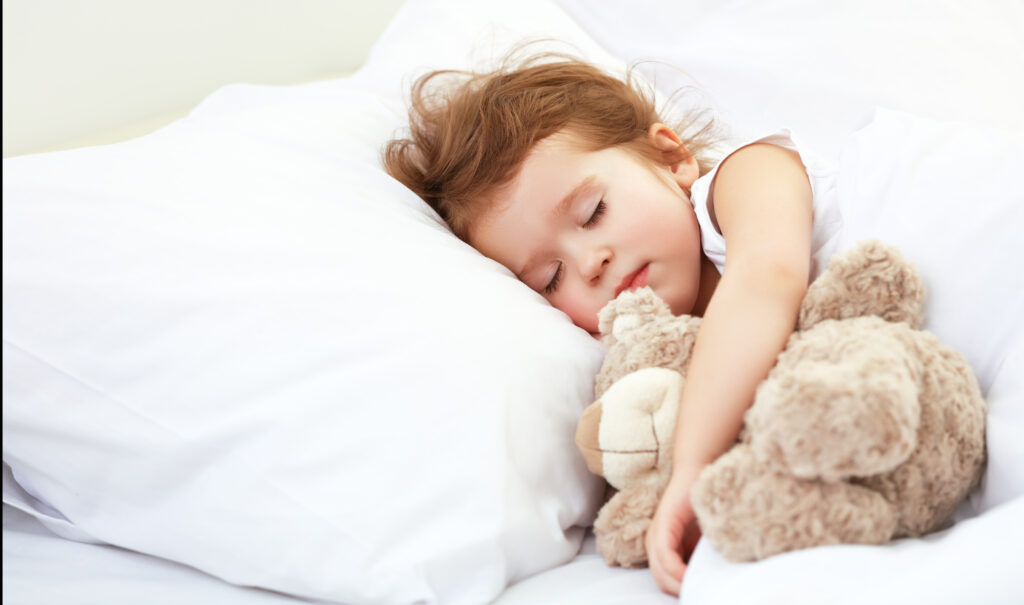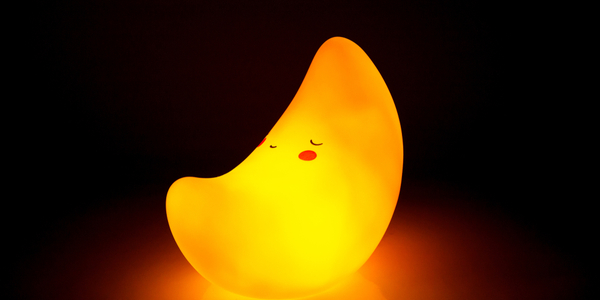Help your baby sleep well in the heat…

We all know how important a good night’s sleep is, and one of the biggest factors that affects sleep is temperature. Warmer weather is nothing new in summer, but with climate change causing increasingly hotter nights, even babies who usually sleep well can struggle in the heat.
Warm, humid conditions can make it harder for our bodies to cool down, leading to restless sleep, frequent waking, and overtired little ones. That’s why it’s so important to be prepared, especially as summer heatwaves become more common.
Why temperature matters
The ideal room temperature for sleep is between 16°C and 20°C. This can be tricky to maintain during the warmer months, but it’s worth the effort. Not only do we all sleep better in a cooler room, but in babies, overheating has been identified as a risk factor for Sudden Infant Death Syndrome (SIDS).
Tips for keeping your baby’s room cool
Here are some practical ways to help keep your baby’s sleeping environment as cool and comfortable as possible:
1. Curtains and Blinds
Keep them closed during the day to block out direct sunlight and prevent the room from overheating.
2. Windows
If it’s hotter outside than inside, keep windows shut during the day. Open them at night once the outside temperature drops — if it’s safe to do so.
3. Fans
Use a fan to pre-cool the bedroom before bedtime. Place it at a low level, ideally near an open window to help circulate cooler air. Make sure the fan isn’t blowing directly on your baby.
4. Shared Room
Sharing a room with your baby for the first 6 months is recommended. A cooler room will be more comfortable for both of you — and you’ll be able to monitor the temperature easily.
5. Use a Room Thermometer
16°C to 20°C can feel cooler than you might expect, so use a room thermometer to keep track and adjust accordingly.
How to keep your baby cool at night
-
Cooling bath: Give your baby a lukewarm bath before bedtime to lower their body temperature.
-
Light bedding: Use lightweight or no bedding at all if it’s very warm.
-
Sleeping bags: Choose a low tog sleeping bag appropriate for summer use.
-
Sleepwear: Dress your baby in light cotton sleepwear, using no more than one layer more than you would wear in the same conditions.
-
Check their temperature: Feel your baby’s back or chest, not their hands or feet, to check if they’re too warm. If they feel hot or sweaty, remove a layer.
Hydration during hot weather
Babies, just like adults, can become dehydrated more quickly when it’s hot.
-
Breastfed babies: Don’t need extra water before they start solids, but they may want to feed more often.
-
Bottle-fed babies: Alongside regular milk feeds, you can offer cooled boiled water to help keep them hydrated.
-
Night feeds: Your baby may wake more often for milk during the night if they’re thirsty or uncomfortable.
As our summers continue to change, being prepared for hotter nights will make all the difference to your baby’s sleep — and yours too. With a few thoughtful adjustments, you can help your little one stay cool, comfortable, and well-rested all season long.
By Mandy Gurney RGN, RM, DipHV
Updated 24/06/25
